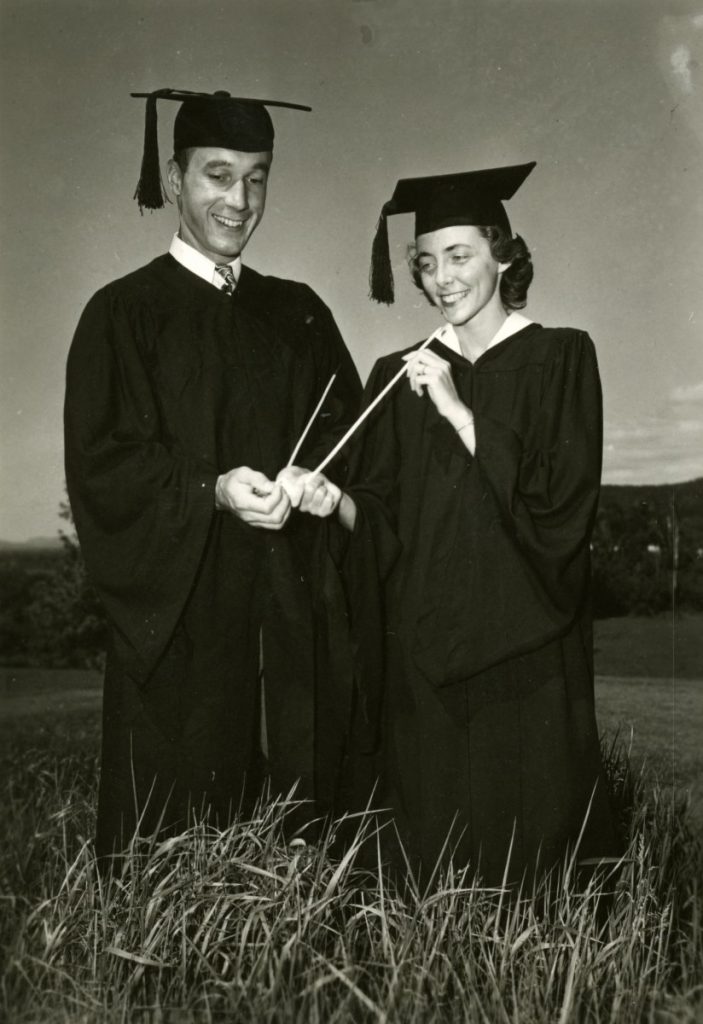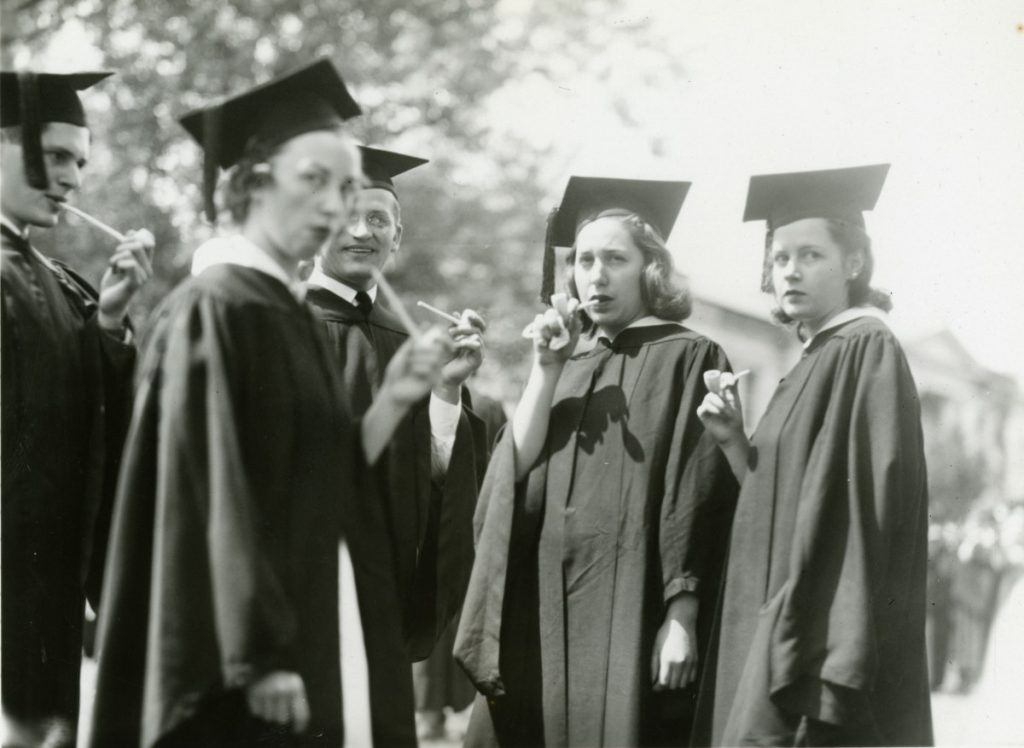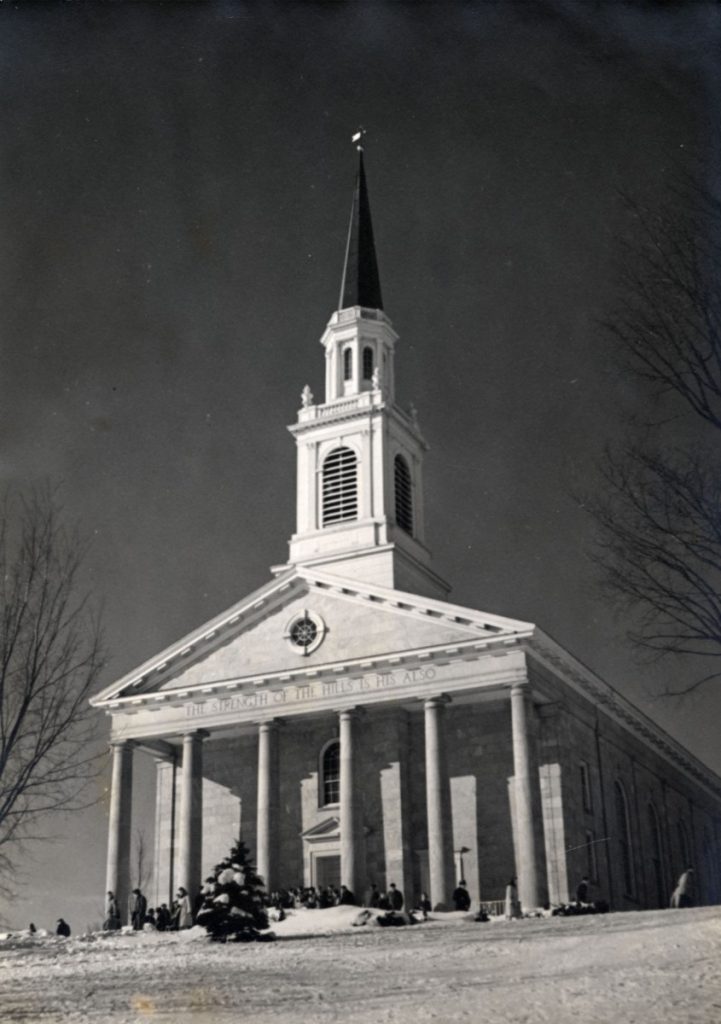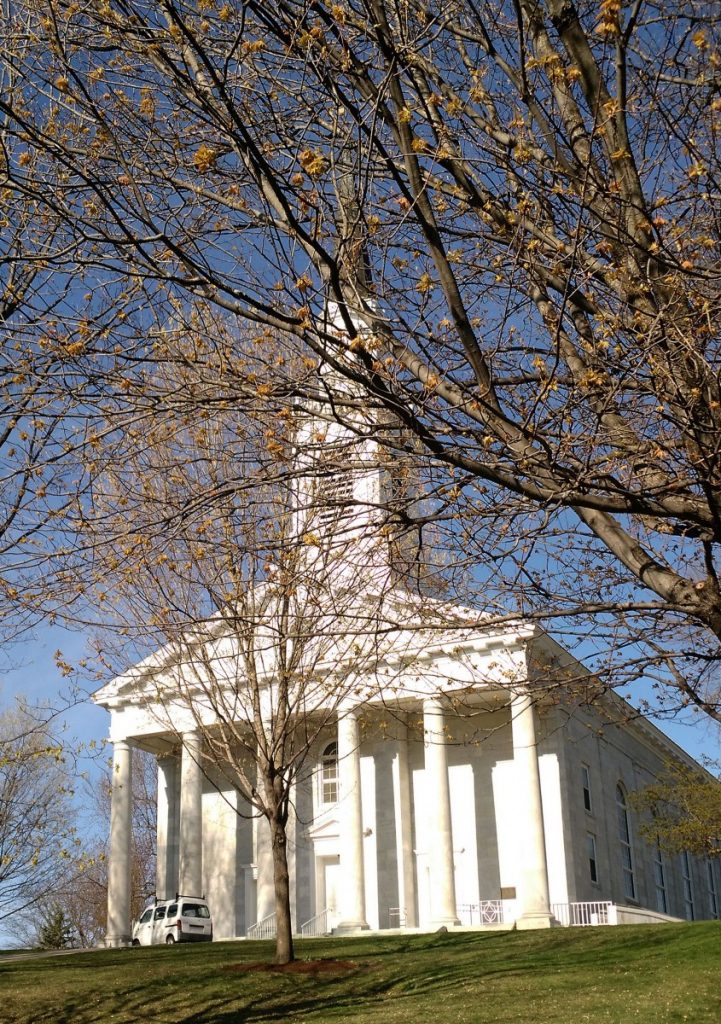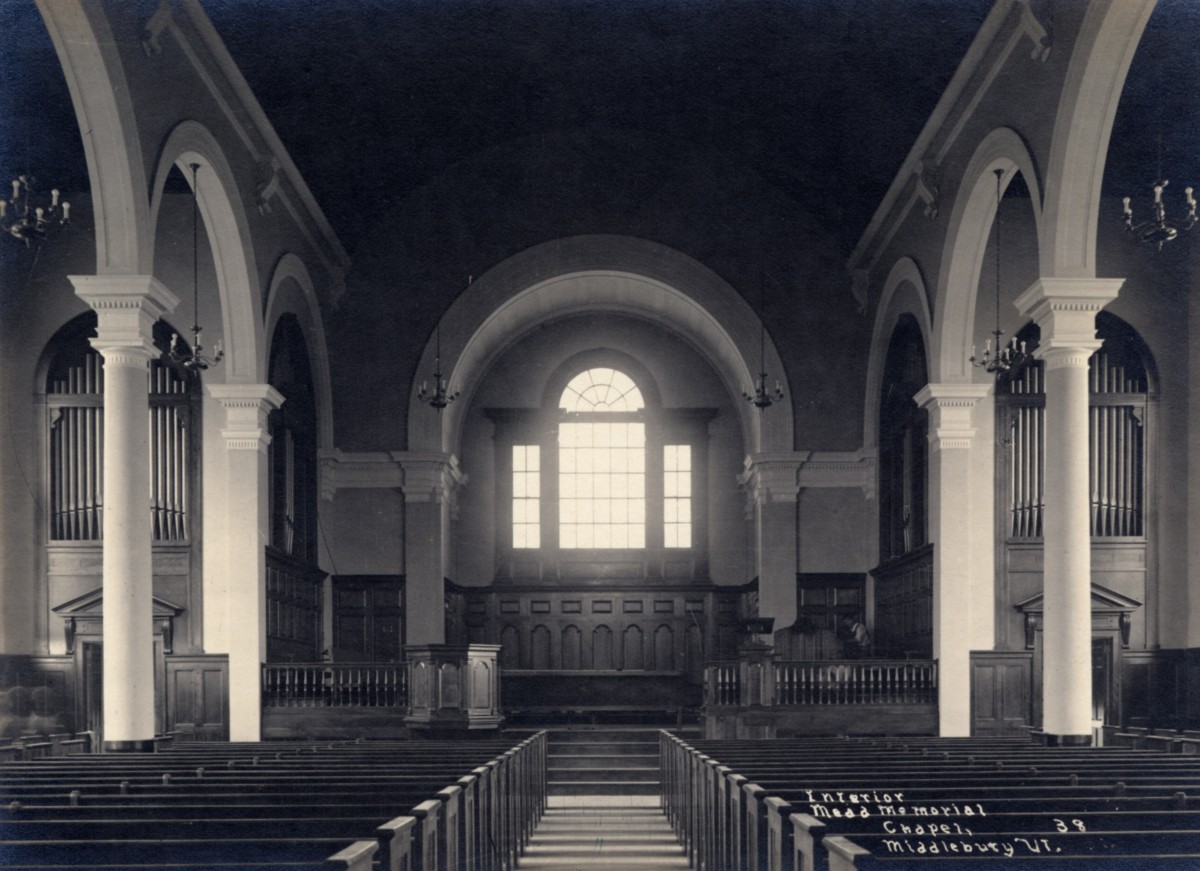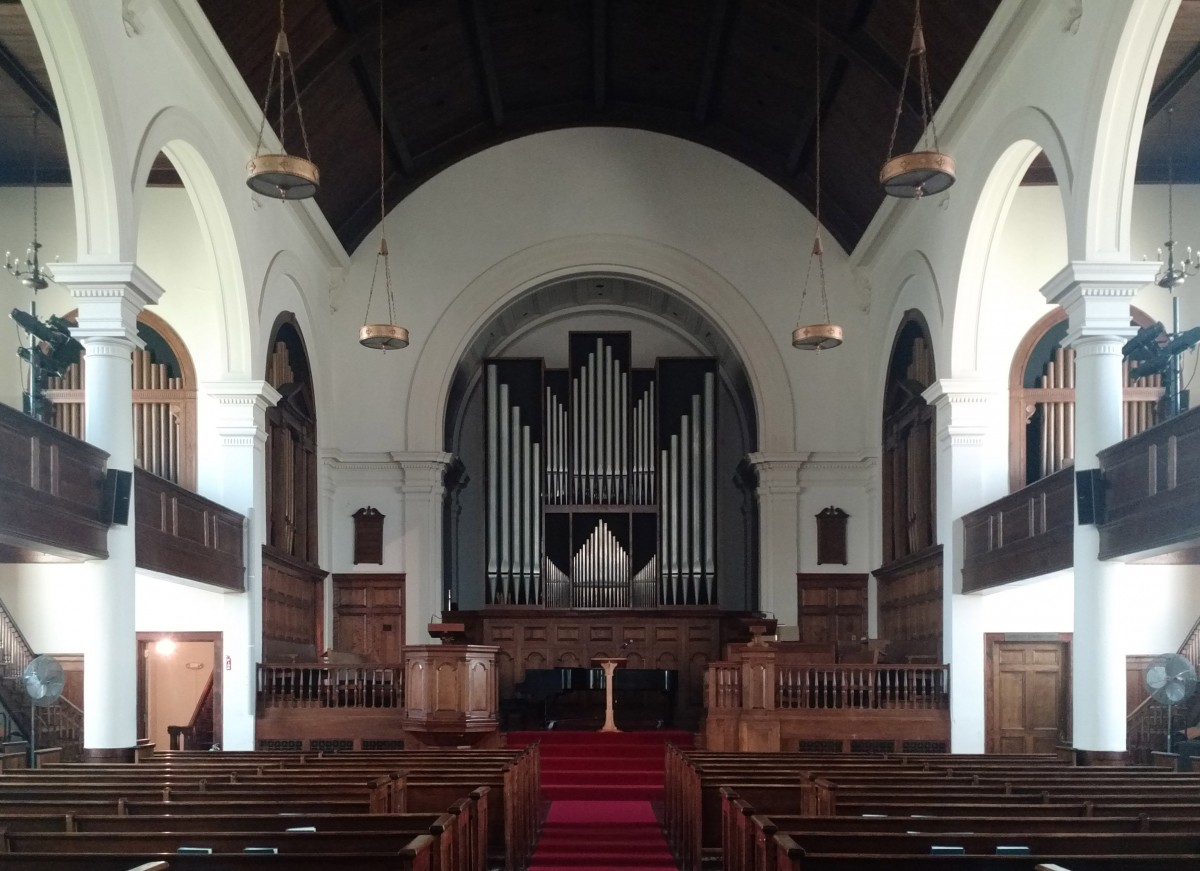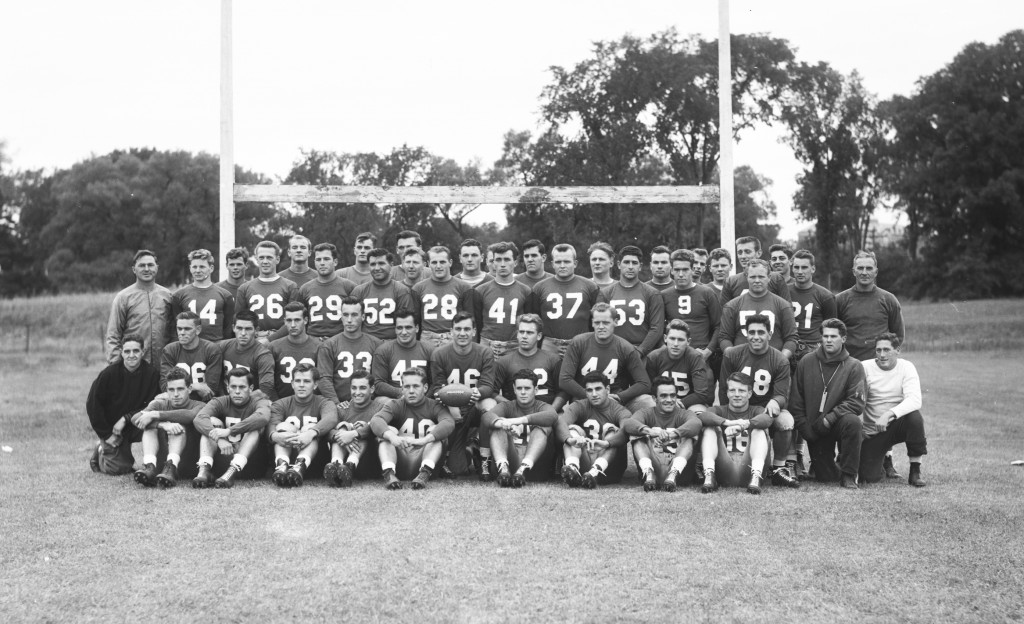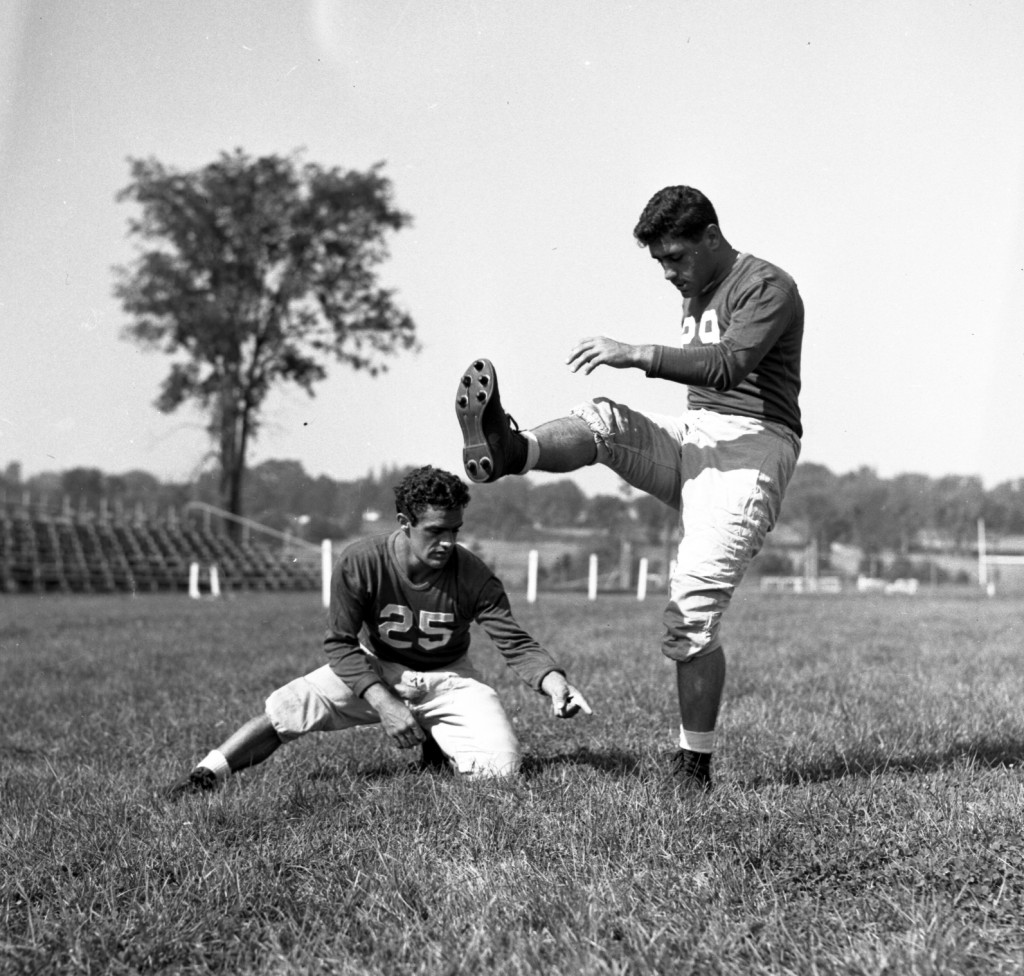In 1936, Middlebury chemistry professor John Haller spent three months grinding a 12.5 inch parabolic mirror which he donated to the College under the condition that an observatory be built on the knoll north of Pearsons Hall. A simple frame was soon constructed and the mirror was installed in a 10-foot-long Newtonian telescope under a dome built by Guatemalan amateur astronomer A. R. Ibarguen.
Astronomy had been studied at Middlebury since the early 1800s when the Old Chapel cupola served as an observatory. Upon its completion in 1937, the new observatory hosted weekly meetings of an extra-curricular course called Romance of the Skies which combined celestial observation with lectures on the history of astronomy and mythology of the constellations.
This recently rediscovered 16mm film reel in the College archives shows unique interior and exterior shots of the observatory as well as students using sextants near Wilson Hall.
Despite these promising beginnings, by 1970 the observatory was little-used and had fallen into disrepair. Settling of the foundation made rotating the leaky dome difficult and wasps had built nests in the barrel of the telescope. But interest in astronomy was growing at Middlebury after the recent successes of NASA’s Apollo program and the building was refurbished. Professor Heller’s original mirror and other optical instruments had thankfully been safely stored away from colonizing wasps and were reinstalled.
Although Middlebury’s octagonal dome on the hill was torn down to make way for the construction of McCardell Bicentennial Hall, a new observatory was built atop that same science center and has been serving stargazing students, faculty, and the public since 2001.
Be sure to visit the Middlebury College Observatory during one of their Open House Nights this spring to get your own glimpse into the Romance of the Skies.
Sources
“Prof. John Haller Builds Telescope and Observatory.” The Middlebury Campus, January 27, 1937.
“Star Gazing.” Middlebury College News Letter, March 1, 1937.
“Would You Try to Reach Jupiter with a Rig Like This?” Middlebury College Newsletter, Jul 1, 1971.
